
Constructed in the 1860s, the Napoleon III Pavilion was originally built as a royal residence and a place for hosting significant events. Named after the French Emperor Napoleon III, the pavilion reflects the strong ties between Cambodia and France during the colonial era. It served various functions over the years, including hosting royal ceremonies and […]

The National Library was founded during the French colonial period, reflecting the influence of European architectural styles and library systems. Over the years, it has undergone various renovations to accommodate the growing collection and the evolving needs of its patrons. The library played a crucial role in preserving Cambodian literature, especially during the Khmer Rouge […]
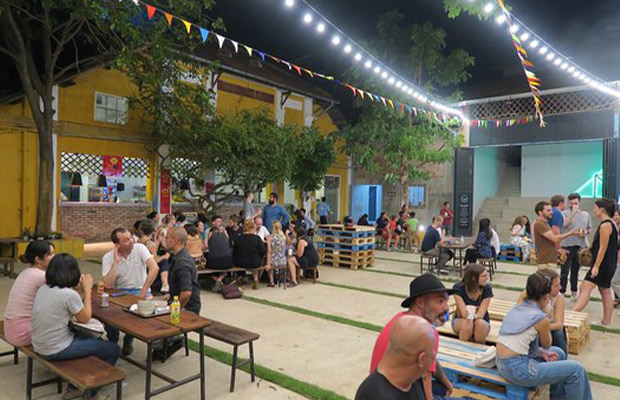
Founded in the early 21st century, Futures Factory emerged from the need for a collaborative environment that encourages innovation and entrepreneurship in Cambodia. It was established by a group of visionaries dedicated to supporting local talent and fostering an ecosystem that nurtures new ideas. Over the years, the Futures Factory has become a prominent space […]

Established in the early 20th century, Wat Moha Montrei reflects the architectural style of traditional Cambodian pagodas, with a distinct emphasis on artistic craftsmanship. The temple is known for its striking five-tiered roof and beautifully detailed decorations, which showcase the artistry of Cambodian culture. Over the years, Wat Moha Montrei has been a vital site […]
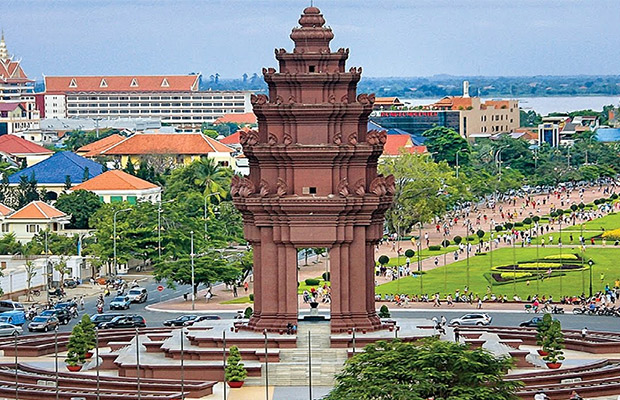
Constructed in 1958, the Independence Monument was designed by renowned Cambodian architect Vann Molyvann as a tribute to the country’s newfound independence, which was officially declared on November 9, 1953. The design incorporates elements from the ancient Khmer temples, reflecting the nation’s rich cultural heritage. Throughout its history, the monument has been a focal point […]
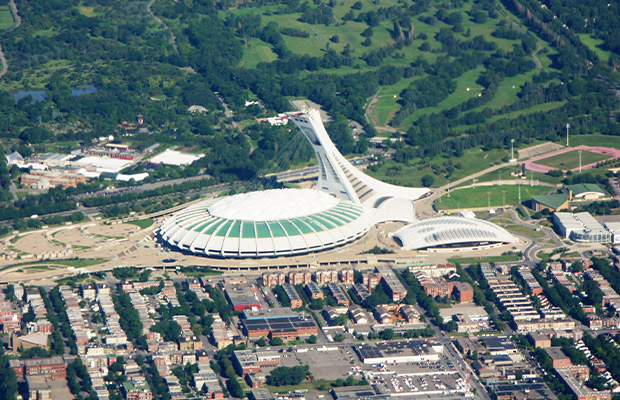
The construction of Olympic Stadium marked a significant moment in Cambodia’s sporting history, showcasing the nation’s ambition to promote athletics and foster regional unity through sports. Designed by a Cambodian architect, the stadium’s distinctive style reflects the modernist influences of the time. Over the years, it has hosted numerous events, including national sports competitions and […]

Established during the French colonial period in the 19th century, the French Embassy has a long-standing presence in Cambodia, acting as a bridge between the two nations. The building itself has witnessed significant historical events and has undergone renovations to maintain its architectural integrity. As a symbol of diplomatic relations, the embassy plays a vital […]
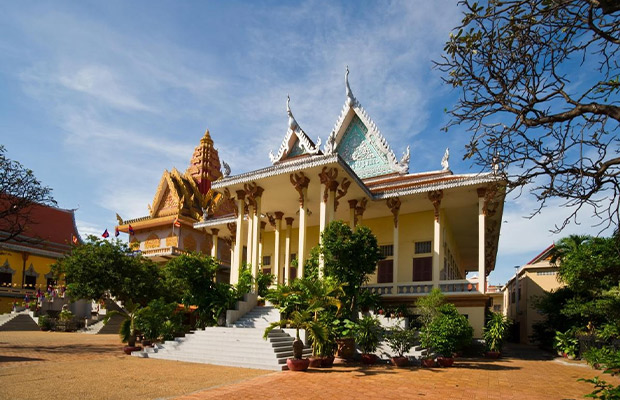
Founded in the 15th century during the reign of King Ponhea Yat, Wat Ounalom has played a crucial role in the preservation and propagation of Theravada Buddhism in Cambodia. The temple is named after the Ounalom stupa, which contains the sacred relic and symbolizes the spiritual lineage of the Buddha. Throughout its history, Wat Ounalom […]

The origins of Wat Phnom are steeped in legend, attributed to the story of a wealthy widow named Daun Penh, who discovered four statues of Buddha washed up on the riverbank. She built a hill to house the statues, thus establishing the temple. Over the centuries, Wat Phnom has undergone numerous renovations and restorations, most […]
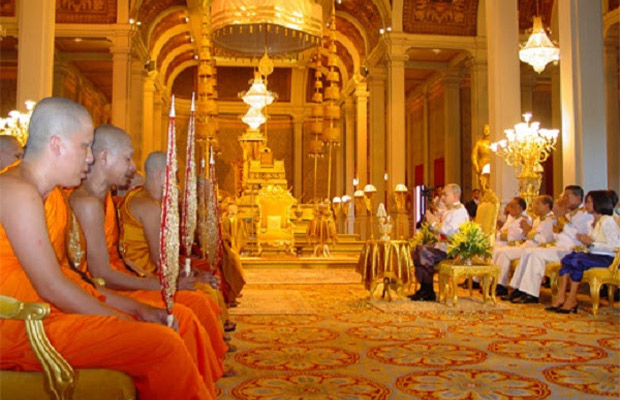
Constructed in 1917 during the reign of King Sisowath, the Throne Hall was built to replace an earlier wooden structure, symbolizing the evolution and enduring strength of the Cambodian monarchy. The hall’s architecture features the iconic golden spire, inspired by Angkorian temples, and its interior is adorned with intricate murals and decorations that pay homage […]










